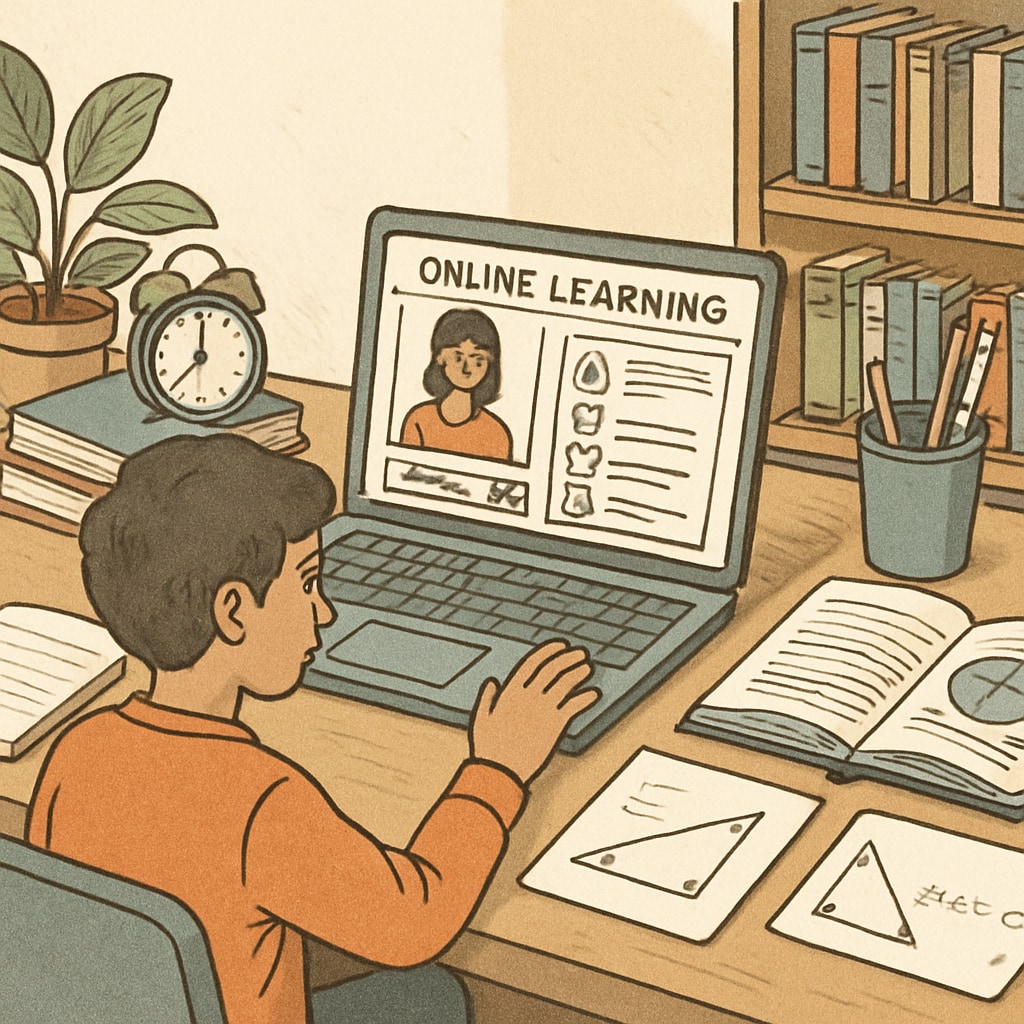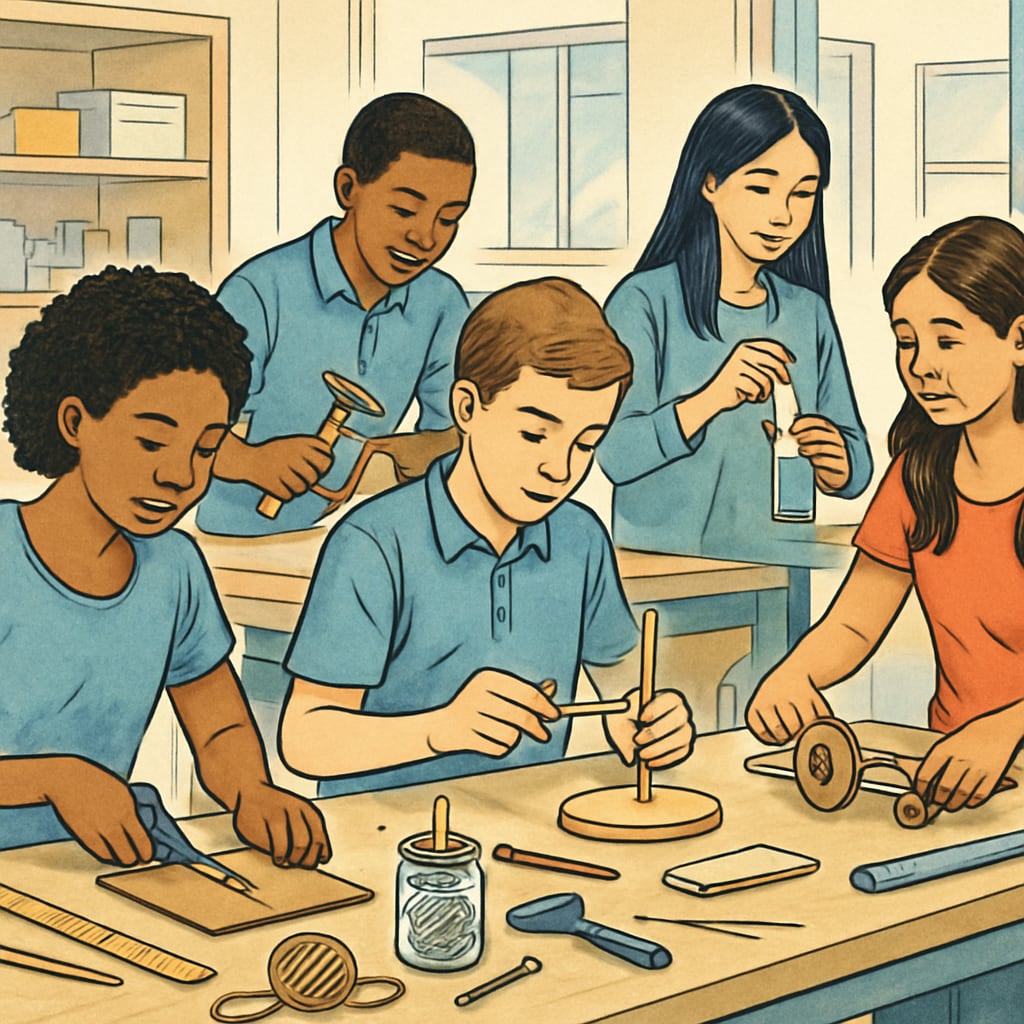As academic competition intensifies, high school students are increasingly seeking ways to enhance their education beyond the classroom. Leveraging external learning resources can play a crucial role in their academic success. From online courses to community-based programs, this guide offers seven practical pathways for students to explore the vast array of resources available outside of school.

1. Online Learning Platforms
One of the most accessible and effective ways to find external learning resources is through online platforms. Websites such as Khan Academy and Coursera offer a wide range of subjects, from STEM (Science, Technology, Engineering, Mathematics) to humanities, often for free or at a low cost. These platforms provide video lessons, interactive quizzes, and even certification programs, making them ideal for supplementing school education.
2. Community-Based Educational Programs
Local community centers and libraries often host workshops, tutoring sessions, or academic clubs for students. These programs can provide hands-on learning experiences and personalized guidance. For example, many libraries offer free coding classes or book clubs tailored to teenagers.

3. Private Tutoring Services
If you’re looking for personalized support, private tutors can be an excellent option. Tutors can help with specific subjects, exam preparation, or even advanced topics not covered in school. Websites like Wyzant or Tutor.com allow students to find qualified tutors based on their needs and budget.
4. Educational Apps
Smartphones and tablets have become indispensable tools for learning. Apps like Quizlet, Duolingo, and Photomath cater to various educational needs, whether it’s mastering vocabulary, learning a new language, or solving complex math problems. These apps are particularly useful for on-the-go study sessions.
5. Free Online Libraries and Archives
Accessing free academic materials is easier than ever. Platforms like Internet Archive and Project Gutenberg offer thousands of free eBooks and research papers across numerous subjects. These are invaluable resources for students who want to dive deeper into topics of interest.
6. Affordable Online Classes
For students willing to invest in their education, affordable online classes can provide a structured learning experience. Platforms like Udemy and Skillshare offer courses taught by industry professionals, often at a fraction of the cost of traditional education. These classes are ideal for exploring niche interests such as graphic design, digital marketing, or coding.
7. Peer Learning Groups
Collaborating with peers can be an effective way to learn. Many students form study groups or join online forums where they can ask questions, share resources, and discuss topics. Platforms like Reddit’s r/learnprogramming and Discord study servers are excellent for connecting with like-minded learners.
By exploring these seven pathways, students can access a wealth of external learning resources to complement their school education. Whether through free community programs or affordable online courses, the opportunities for academic growth are limitless.
Readability guidance: This article uses concise paragraphs, lists to summarize key points, and maintains a balanced mix of formal and accessible language. Transitions like “in addition” and “for example” ensure smooth reading flow, while external links provide credibility and additional learning opportunities.


